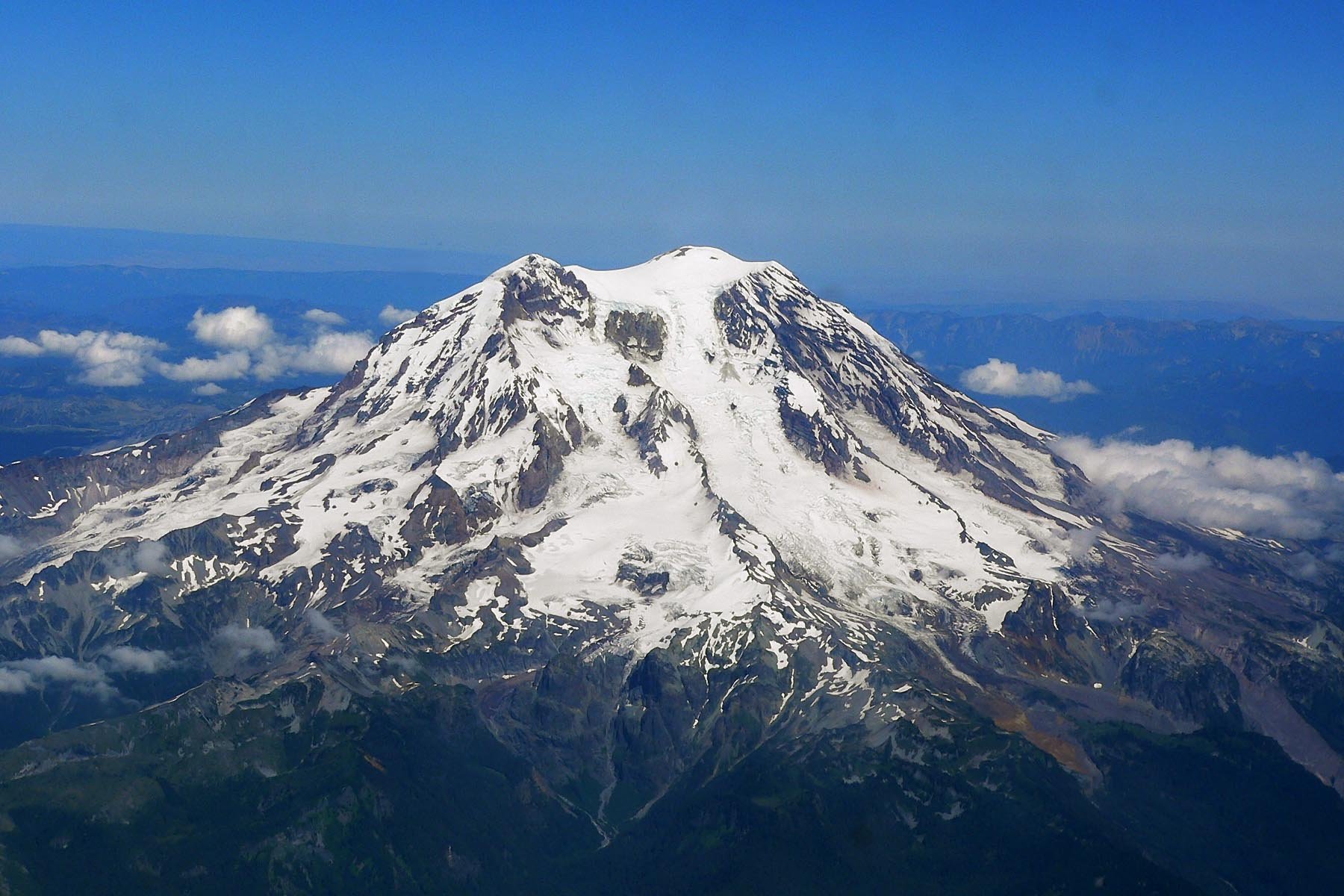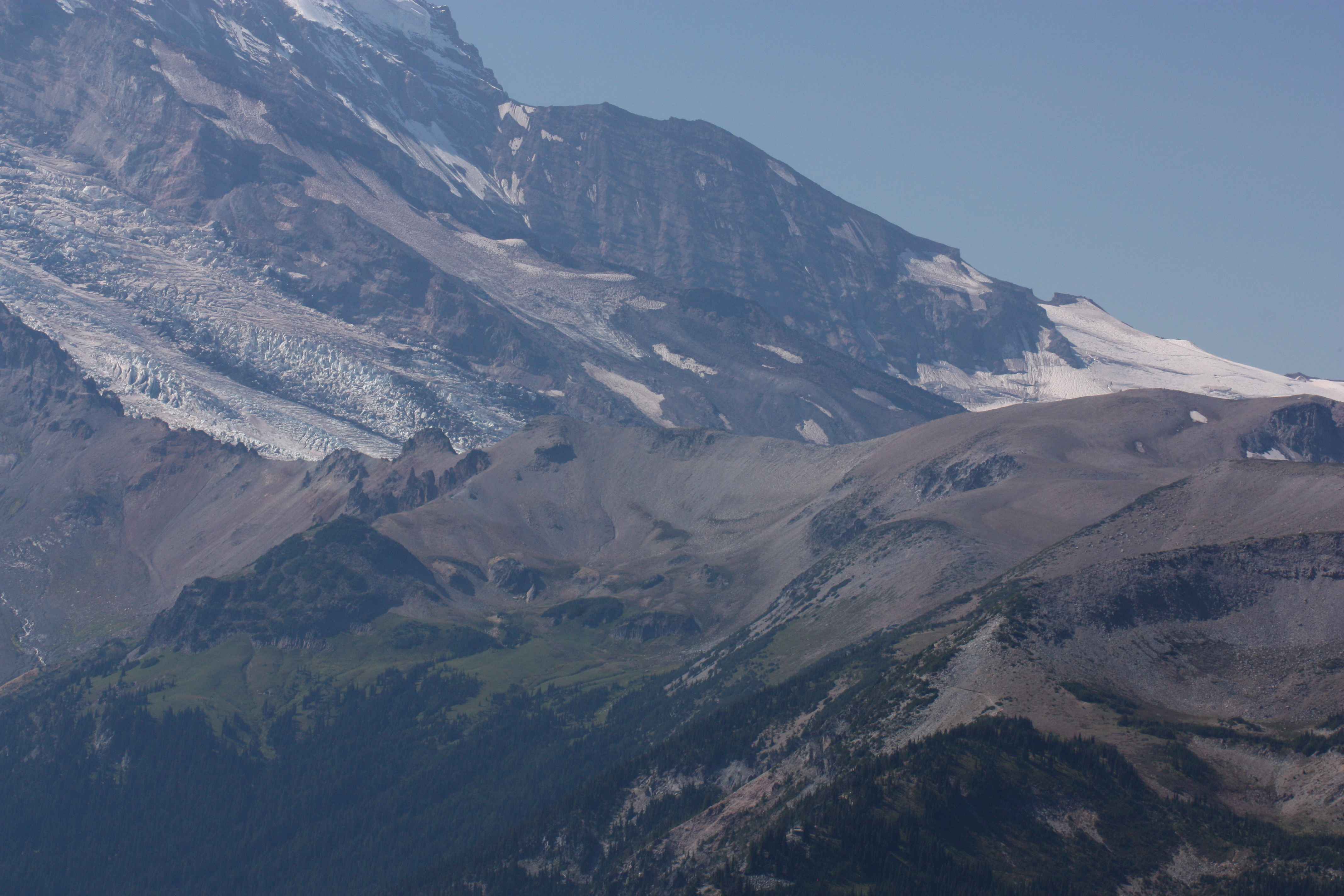Mount Rainier National Park is renowned for its diverse and vibrant wildflower displays. This guide provides essential information for identifying wildflowers in the park’s various ecosystems, from forest floors to subalpine meadows. Learn about the best trails for wildflower viewing, peak blooming seasons, and key characteristics of the most common species found in Mount Rainier’s stunning landscapes.
What Are the Main Wildflower Habitats in Mount Rainier?

Mount Rainier’s wildflowers can be categorized into two primary habitats:
-
Forest Zone: This habitat includes wildflowers found in the dense old-growth forests, characterized by cool, shady conditions.
-
Subalpine Zone: This zone encompasses wildflowers found above the tree line in sunnier meadows.
Each habitat supports a unique array of wildflower species adapted to its specific environmental conditions.
When Is the Best Time to See Wildflowers at Mount Rainier?

The peak bloom for wildflowers at Mount Rainier typically occurs from mid-July to early August. The meadows are usually most impressive by the first week of August. However, blooming times can vary based on weather and precipitation patterns. It’s important to note that:
- Early season flowers in the forest zone may start blooming in late May.
- Subalpine meadows reach their peak in mid to late July.
- Alpine species at higher elevations may continue blooming into August.
What Are the Top 10 Wildflower Species at Mount Rainier?
Here’s a list of the top 10 wildflower species you’re likely to encounter at Mount Rainier, along with their key identifying features:
- Western Trillium (Trillium ovatum)
- Western Buttercup (Ranunculus occidentalis)
- Subalpine Lupine (Lupinus arcticus)
- Indian Paintbrush (Castilleja parviflora)
- Western Columbine (Aquilegia formosa)
- Purple Mountain Saxifrage (Saxifraga oppositifolia)
- Western Pasque Flower (Pulsatilla occidentalis)
- Beargrass (Xerophyllum tenax)
- Alpine Sunflower (Helianthus smithii)
- Mountain Arnica (Arnica montana)
Let’s explore each of these species in more detail:
Western Trillium (Trillium ovatum)
- Blooming Period: Late May to early July
- Habitat: Forest floor
- Distinguishing Features: Three white petals, three green sepals, and a yellow center
Western Buttercup (Ranunculus occidentalis)
- Blooming Period: Late May to early July
- Habitat: Moist meadows and forest edges
- Distinguishing Features: Bright yellow petals with a shiny appearance
Subalpine Lupine (Lupinus arcticus)
- Blooming Period: Mid-July to early August
- Habitat: Subalpine meadows
- Distinguishing Features: Tall spikes of blue-purple flowers
Indian Paintbrush (Castilleja parviflora)
- Blooming Period: Mid-July to early August
- Habitat: Subalpine meadows
- Distinguishing Features: Red and yellow flowers resembling a paintbrush
Western Columbine (Aquilegia formosa)
- Blooming Period: Late May to early July
- Habitat: Forest edges and rocky outcroppings
- Distinguishing Features: Red and yellow flowers with unique, bell-shaped structure
Purple Mountain Saxifrage (Saxifraga oppositifolia)
- Blooming Period: Mid-July to early August
- Habitat: Alpine areas
- Distinguishing Features: Bright purple flowers on short stems with opposite leaves
Western Pasque Flower (Pulsatilla occidentalis)
- Blooming Period: Early to mid-July
- Habitat: Subalpine meadows
- Distinguishing Features: White or purple flowers with a feathery plume
Beargrass (Xerophyllum tenax)
- Blooming Period: Late June to early August
- Habitat: Subalpine meadows
- Distinguishing Features: Tall stalks with white flowers in a cylindrical shape
Alpine Sunflower (Helianthus smithii)
- Blooming Period: Mid-July to early August
- Habitat: Subalpine meadows
- Distinguishing Features: Bright yellow petals with a dark center
Mountain Arnica (Arnica montana)
- Blooming Period: Mid-July to early August
- Habitat: Subalpine meadows
- Distinguishing Features: Yellow daisy-like flowers with a strong, pungent aroma
Which Trails Offer the Best Wildflower Viewing at Mount Rainier?
Mount Rainier offers several trails that are particularly good for wildflower viewing. Here are four of the best:
- Paradise Valley Trails
- Trail Length: Various trails ranging from 1 to 5 miles
- Accessibility: Moderate to easy
- Parking: Ample parking at the Paradise Visitor Center
- Amenities: Restrooms, visitor center, and snack bar
-
Highlights: Extensive wildflower meadows with a wide variety of species
-
Sunrise Rim Trail
- Trail Length: Approximately 2 miles
- Accessibility: Moderate
- Parking: Parking available at the Sunrise Visitor Center
- Amenities: Restrooms, visitor center, and snack bar
-
Highlights: Panoramic views and a diverse array of subalpine wildflowers
-
Twin Firs Trail
- Trail Length: Approximately 2.5 miles
- Accessibility: Easy to moderate
- Parking: Parking available at the Twin Firs Trailhead
- Amenities: Restrooms at the trailhead
-
Highlights: Forest wildflowers and old-growth forest scenery
-
Naches Peak Loop Trail
- Trail Length: Approximately 3.4 miles
- Accessibility: Moderate
- Parking: Parking available at the Tipsoo Lake parking area
- Amenities: Restrooms at the trailhead
- Highlights: Subalpine wildflowers and scenic views of Mount Rainier
How Can I Improve My Wildflower Identification Skills?
To enhance your wildflower identification skills at Mount Rainier, consider the following tips:
-
Use a Field Guide: Carry a comprehensive field guide specific to Mount Rainier or the Pacific Northwest.
-
Learn Key Characteristics: Familiarize yourself with the basic parts of a flower and key identifying features such as petal arrangement, leaf shape, and plant height.
-
Take Photos: Capture clear images of flowers you can’t identify on the spot for later research.
-
Observe Habitat: Note the environment where you find each flower, as this can be a crucial clue for identification.
-
Join Guided Walks: Participate in ranger-led programs or guided wildflower walks when available.
-
Use Mobile Apps: Utilize plant identification apps like iNaturalist or PlantSnap for on-the-go assistance.
-
Practice Regularly: The more you observe and identify, the better you’ll become at recognizing different species.
What Are Some Ethical Considerations for Wildflower Viewing?
When enjoying the wildflowers at Mount Rainier, it’s crucial to practice responsible viewing:
- Stay on designated trails to avoid trampling delicate vegetation.
- Do not pick or collect wildflowers – leave them for others to enjoy and for the ecosystem’s health.
- Avoid disturbing wildlife that may be using the wildflower meadows as habitat.
- Pack out all trash and follow Leave No Trace principles.
- Respect any closures or restricted areas set by park management.
By following these guidelines, you help preserve the beauty of Mount Rainier’s wildflowers for future generations.
